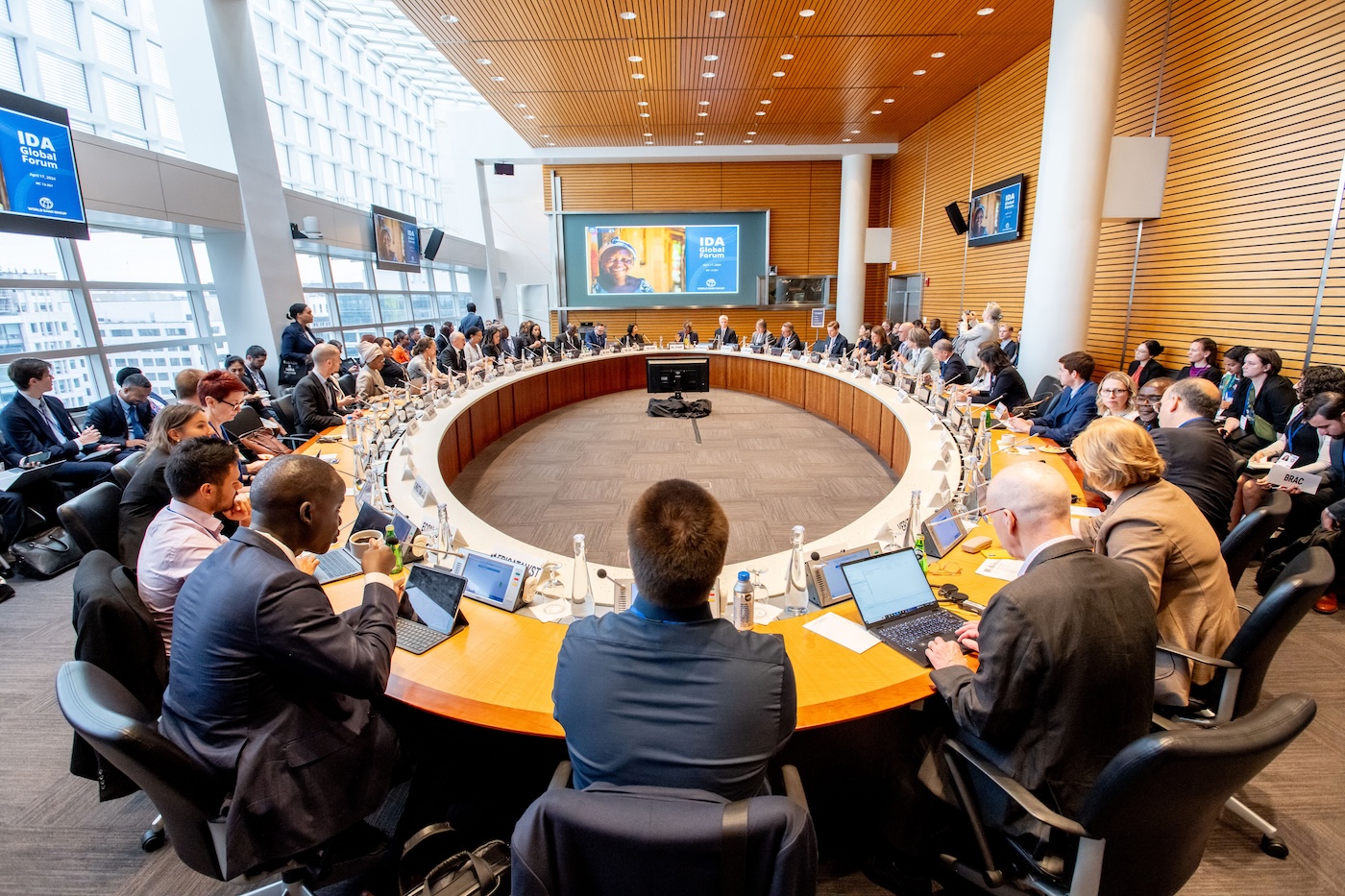Recommended
You’ve heard it before: Money is power. And while a lot of CGD research focuses on influencing donor governments and multilateral institutions to ensure their investments benefit vulnerable populations (whether based on geographic location, income level, migrant status, or gender), there’s an increasing need – and exciting opportunity – to think about how private finance can be harnessed for social and environmental good.
In that vein, the big news of the week centers on BlackRock, the world’s largest asset manager, with $7 trillion in assets under management just announced, and its new commitment to put climate change at the center of its investment strategy.
Reports have raised questions about how this can be done fully and effectively, given BlackRock’s significant holdings in the oil and gas sector, and particularly through passive investments that its financial professionals don’t actively manage. But while we’re waiting on more details of implementation, it’s important to acknowledge that BlackRock’s commitment to climate smart investments is an important step, and now that the commitment has been made public, shareholders have something they can hold the institution accountable for.
If combating climate change is now center stage for BlackRock, then eliminating global gender inequality should be next on the horizon for the corporation and its counterparts (Vanguard, Fidelity, State Street, etc.). Climate change and gender inequality are not just coincidentally two of the world’s “trendiest” topics, with the Paris Agreement and Greta Thunberg shedding light on the climate crisis, while #MeToo and the 25th anniversary of the Beijing Declaration and Platform for Action spotlight the need to accelerate progress towards global gender equality. The two agendas are inextricably linked and mutually reinforcing (as laid out by Suzanne Biegel and Rebecca Fries earlier this week, and as reflected in the Generation Equality Action Coalition commitments just announced by UN Women). And as much as we need to emphasize the protection of our environment through financial investments as an area of both risk and opportunity, so too do we need to explore social and economic inequalities that currently impede inclusive growth of financial markets and the global economy.
Governments and multilateral institutions are recognizing that improving women and girls’ economic opportunities and agency (as well as, relatedly, their health, education, and bodily autonomy) is an opportunity for financial gain as well as social good. The establishment of the Women Entrepreneurs Finance Initiative at the World Bank, the 2X Challenge collaboration among development finance institutions (DFIs), and even IMF Managing Director Kristalina Georgieva’s commitment to focus on gender equality in her new role reflect this shift from considering a gender lens as a burden or administrative hurdle to a necessary component of viable long-term investment strategies. Non-government actors are also jumping on the bandwagon too: Biegel and Fries reference Calvert Impact Capital, WaterEquity, Root Capital, Alante Capital, and SheEO just within the intersection space of gender equality and climate alone.
With this momentum building, we’re learning more about how to do gender lens investing well — pushing past important but traditional models that just checked for the number of women on corporate boards – to those that consider workforce composition from a gender perspective, as well as prioritize the presence and implementation of institutional policies that support health, security, and work-life balance in a way that allows productivity to increase by addressing the specific needs of women in the workforce, and in turn attracts and retains the best talent from a more diverse pool. We will learn even more from the results of a survey my colleagues Nancy Lee, Kelsey Ross and I are conducting of 21 DFIs, which for the first time will examine DFIs’ external investment approaches and institutional policies and practices with a gender lens. The survey data will also us to maps strengths and opportunities for growth across DFIs, and a similar survey tool can be applied to private finance actors over time.
The investments made through We-Fi, 2X Challenge, and by actors like Calvert and Root Capital will continue to build the evidence base confirming that a gender smart approach to investment does not require a trade off with the bottom line, but instead can be a means of attracting new talent, reaching new markets, and ultimately driving profit. This is supported by additional analyses suggesting that more gender diversity in firm management can lead to increased profits. In explaining the rationale behind placing climate change at the center of BlackRock’s investment strategy, CEO Larry Fink points to the fact that “the evidence on climate risk is compelling investors to reassess core assumptions about modern finance.” Reassessing core assumptions from a gender perspective will be equally important to investors that want to keep apace with, and benefit, from an evolving global economy. A world in which only 3% of venture capital goes towards women-owned firms (and significant disparities also exist with regard to race, ethnicity, and geographic origin) is not one that is maximizing its potential to develop new demand-driven products and services, and in turn create and grow markets.
BlackRock would send a powerful message by prioritizing gender equality in the way it has elected to prioritize climate-smart investments. The institution has already gotten the ball rolling, by looking at its own internal pay gaps, as well as calling for more diversity on corporate boards. Could it build on this momentum by setting additional and increasingly ambitious targets for the companies it invests in (e.g., board and senior leadership parity; equal pay for employees; institutional policies addressing discrimination/harassment and paid leave)? Could it work towards examining the positive and negative externalities these companies’ practices have on communities they impact, whether through narrowing gender gaps in access to finance or increasing risks of gender-based violence? Time will tell – and I hope that time comes soon.
Disclaimer
CGD blog posts reflect the views of the authors, drawing on prior research and experience in their areas of expertise. CGD is a nonpartisan, independent organization and does not take institutional positions.
Image credit for social media/web: Photo by Paula Bronstein/Getty images, via imagesofempowerment.org






